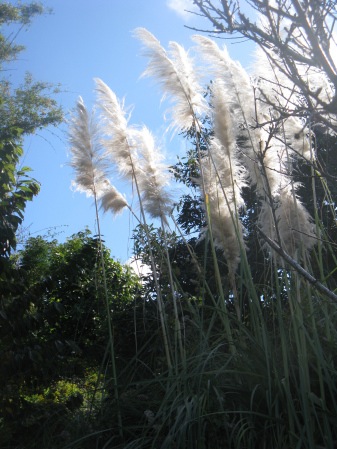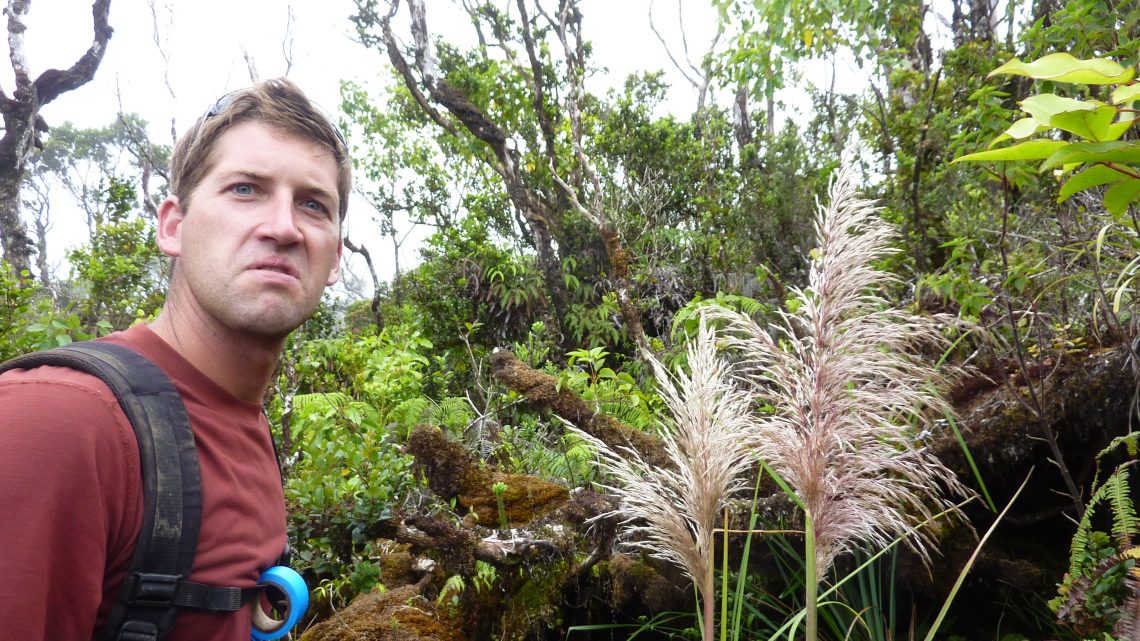In the early 1870s an enterprising nurseryman in Southern California imported a tall, clumping grass with distinctive feathery plumes to…
Read More
Cortaderia jubata
Pampas Gone Wild-Haipua‘ena Part 2
Here’s a young, but mature, pampas grass in a mostly native rainforest…pulling this guy up will leave a big hole…
Read More
Pampas Gone Wild-Haipua‘ena part 1
Pampas grass or Cortaderia jubata with it’s wind-dispersed seeds readily escapes cultivation. Tackling established populations far from civilization takes some…
Read More



